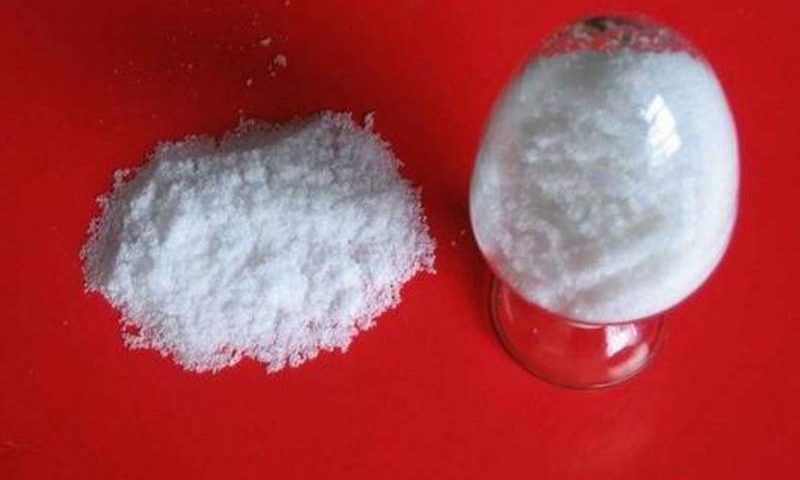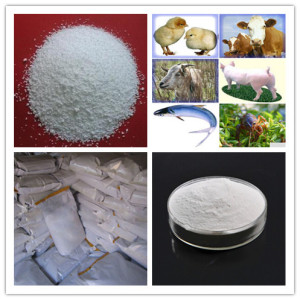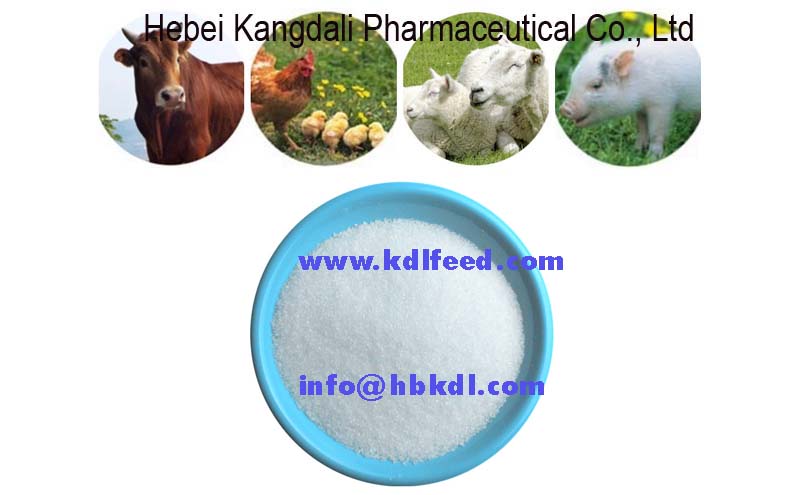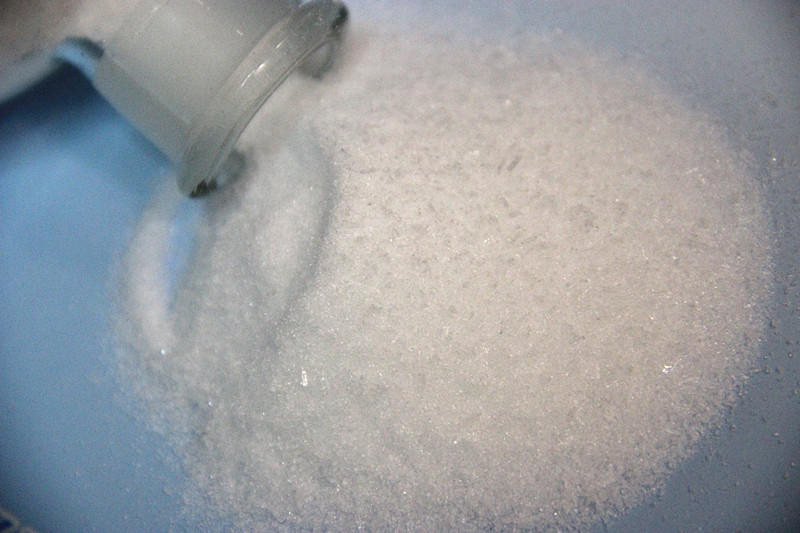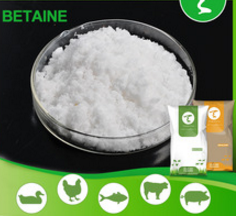animal protein feed grade Betaine HCl 98% in poultry nutrition

high protein Feed Grade Dicalcium Phosphate(DCP 18%)Powder
April 17, 2017
poultry feed additive choline chloride 60%,corn cob carrier
April 29, 2017Betaine is gotten rid of by metabolic process, not excretion, and catabolised via a series of enzyme responses (transmethylation) that happen in the mitochondria of liver and kidney cells. The primary physiologic role of betaine is to act as an osmolyte and as methyl donor (transmethylation). As an osmolyte (dipolar zwitterion characteristics), betaine increases intracellular water retention and therefore protects intracellular enzymes against osmotic caused inactivation. As a methyl donor, betaine takes part in the methionine cycle (generally in the liver) and can be even more utilized in transmethylation reactions for synthesis of vital substances like carnitine and creatine (Figure 1). Betaine had shown to also collect in other internal organs (gut, liver, kidney and heart) to safeguard them and enhance efficiency in human professional athletes.
[Synonyms]1-Carboxy-N,N,N-trimethylmethanaminium, chloride; Betaine Hydrochloride.
[CAS NO.] 590-46-5
[Molecular Formula] : (CH3)3NCH2COO·HCl
[hysical Properties] White or yellowish crystal or crystalline powder
Functions of Betaine HCl 98%
(1) Improving the quality of meat and lowering the ratio of feed against meat
(2) Promote the metabolism of fat and increase the lean meat rate of livestock and poultry
(3 )Betaine can be the buffering substance for the stress reaction
(4)Improve the appetite of animals and promote the growth rate
(5) Maintain the stability of vitamins, especially VA, VB in feed


